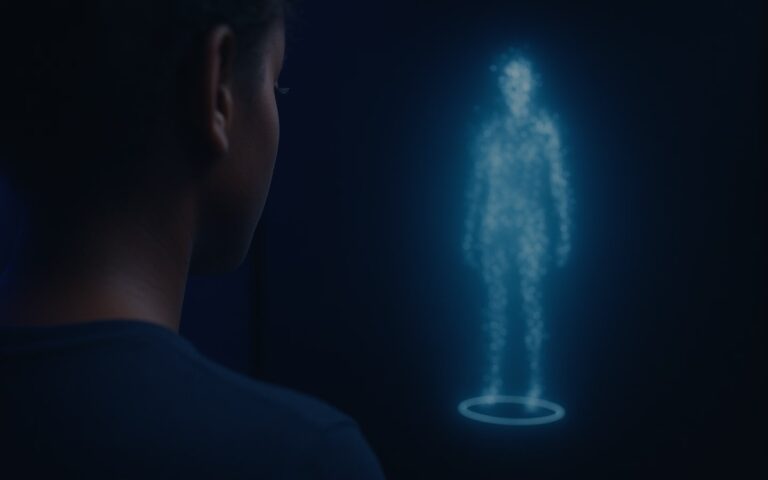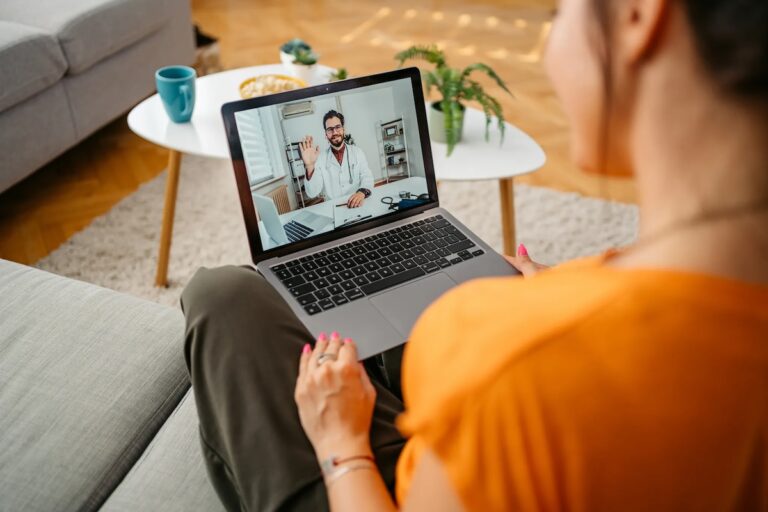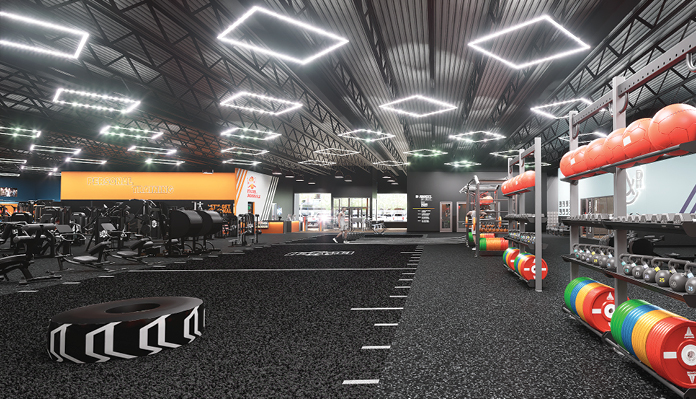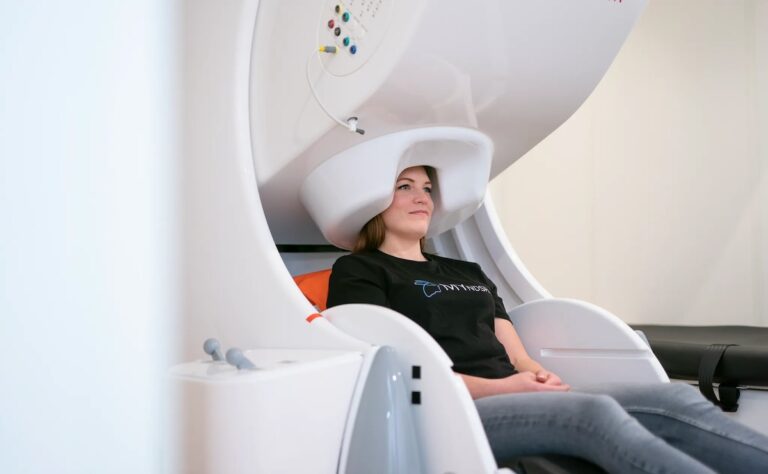After two years of on-again, off-again gym closures and a workout-from-home boom, we asked industry executives for their thoughts on the future of fitness.
In this Q&A, we spoke with Silofit CEO Wilfred Valenta about bridging digital and in-person fitness, empowering personal trainers, and building a truly connected experience.
Shuttered during the pandemic, gyms/studios are rebounding. How do they succeed going forward?
Wilfred Valenta: The main competitor for most gyms has now become digital fitness. But one thing that we’ve learned during the pandemic is that Zoom doesn’t cut it — nothing compares to in-person exercise with proper equipment and guidance from a personal trainer.
However, gyms have a unique opportunity to leverage physical and digital to offer a hybrid offering that gives customers an end-to-end experience.
But to make it work, we need real people and real relationships, which build trust, accountability, and a competitive edge.
Omnichannel or hybrid fitness is gaining traction. How does it play out?
WV: So many trainers either launched their careers or flourished during the pandemic because digital gave them a new distribution channel for their services. That’s really what the pandemic did — it just shifted the way we consume most of the things we like or we’re already doing.
But, as COVID restrictions have subsided, clients are now looking to go back in person at least 40% of the time. That means that a lot of trainers who built a purely digital business will be left scrambling to look for a physical space to bring their clients.
The problem is that most trainers have now unbundled from existing gyms because they built their brand independently. So, previous physical distribution models that put their own brand first, such as a standard gym, no longer work as an option for trainers that want to maintain personal brand integrity.
That means trainers are now looking for new options that allow them to keep their digitally native brand while renting space to offer in-person workouts as well.
Ultimately, if their clients are asking for 60% digital and 40% in-person, trainers will need to adapt. That’s where we believe Silofit has a huge advantage — we put trainers first and make it about their brand.
Much like Zoom created a new digital distribution channel for trainers, we have become the new physical distribution channel for anyone looking to build a fitness brand. It’s almost like a brick-and-mortar Substack for fitness professionals.
Digital/connected fitness is facing headwinds. How will the category evolve?
WV: Demand has slowed for digital/connected fitness because it was excessive to begin with. To me, there’s a recalibration to where the market was already going without COVID. Lots of companies became overpriced, and trends clearly indicated unfounded demand due to a distorted market.
People will still want a Peloton, and it will likely be years before they see demand at such peak levels. Now, many connected fitness companies are thinking about how to bring their products into the gym as the pendulum swings from in-home to out.
From VR to web3, immersive exercise is trending. How will it impact fitness?
WV: We’re all connected digitally 24/7. The pandemic was a huge experiment that demonstrated the result of being plugged in all the time, and it has had serious mental health consequences.
I’ve personally deleted Slack and email from my phone, plus all social media accounts (besides LinkedIn), and I’m honestly a lot happier.
That being said, VR will cater to a small subset of people that might feel gymtimidation or want to do at-home workouts and also need additional motivation through gamification. But, I don’t think it will cater to a large proportion of the population.
What trends will shape the future of fitness?
WV: I see an enormous opportunity to further integrate in-person connected fitness. I believe that one day, much like at an Amazon Go store, you will be able to walk into a studio, work out, and then, using a combination of equipment, smart wearables, and cameras, seamlessly receive a full report on your workout (one that will also be sent to your trainer).
Inevitably, I believe trainers will become a part of your inner support circle made up of physicians, psychologists, and dietitians.
Imagine the impact we could have on someone’s life if your doctor could work with your trainer and dietitian to help improve your well-being. This also ties in with remote coaching, where no matter where you are, your trainer will be able to provide you with workout recommendations to keep you going while you work, travel, etc.
Wrapping up, anything else we should keep in mind?
WV: We’re officially launching our first four locations in Miami on June 23, 2022 during the IHRSA conference and would like to invite anyone attending to come to our open house at 852 Collins Ave, Miami Beach, FL 33139 between 9:00AM–5:00PM EST.
Visitors who tour our Silo will also get an invite to our VIP after-party.






